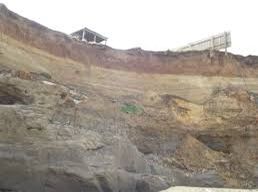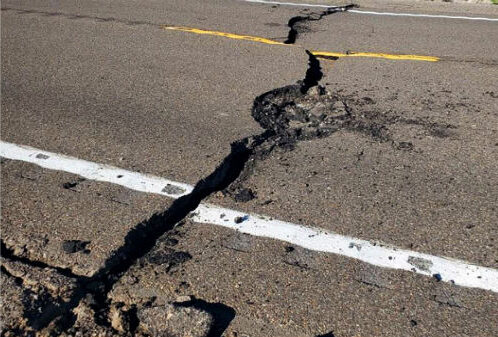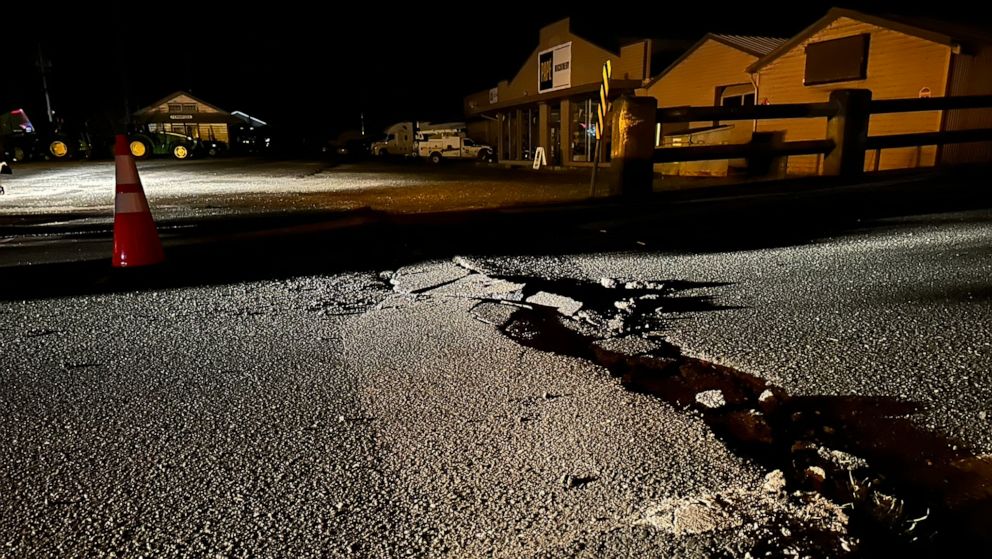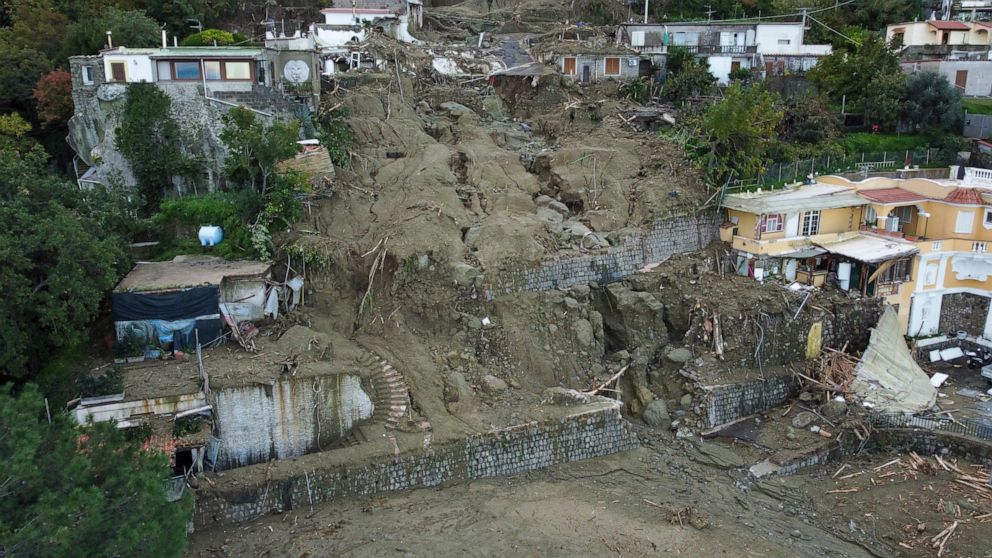
This is a series that highlights major disastrous events that have occurred in the British history
The Dogger Bank Earth Quake of 1931.
A massive earthquake hit the United Kingdom in 1931. It has been referred to as the strongest earthquake recorded in the United Kingdom since measurements began.
However, the earthquake occurring in the North Sea helped lessen the damage that would have occurred had the epicentre been on the British mainland.
On June 7, 1931, the Quake began at around 1;30am with its base at the Dogger Bank, 60 miles from the Yorkshire coast in the North Sea. The impacts were felt throughout Great Britain, Belgium and France.
The Earthquake caused a tsunami wave which is said to have hit the coast of East England and other countries around the North Sea. It was reported that chimneys collapsed in Hull, Beverley and Bridlington and Flamborough Head suffered a crumbling of part of its cliff. The coastal town in Yorkshire was said to be the worst hit, with the spire of the church being twisted as a result of the shaking; in London, the head of the waxwork of Dr Crippen at Madame Tussauds fell off. The earthquake caused damage throughout Eastern England. It is said that a woman died of a heart attack caused by the Quake.
Moray Firth Fishing Disaster
The Moray Firth Fishing disaster that occurred in August 1848 was one of the worst fishing disasters recorded in maritime history. It was said to be caused by a severe storm which hit the Moray Firth on the east coast of Scotland.
The Scottish fishing boats were said to be generally small sailboats with open frameworks, and they mostly fished close to the shore. However, the flat design of the boats allowed them to be set in motion by their crew members from the beaches or small harbours.
The fishermen had been fishing for herring in the North Sea since the 15th century, and they had come up with a large-scale system of ‘Buss Fishing’ for deeper waters using bigger boats which stayed at sea for several weeks. The government introduced a bounty system that first rewarded the fisherman for using larger vessels before switching to paying the bounty according to the size of the catch. This development led to an increase in the size of fishing vessels operating from the east coast harbours.
On the fateful day of August 18, the afternoon weather was said to be favourable, promising a good time fishing. From Wick to Stonehaven, about 800 boats set out to gather the day’s brisling catch. Towards midnight, the weather rapidly deteriorated with strong winds and heavy sea waves. Many ship masters decided to haul their nets and make for shelter. During the storm, 124 boats were lost and a lot more while trying to enter the harbour, and 100 fishermen died, leaving behind 47 widows and 161 children.





